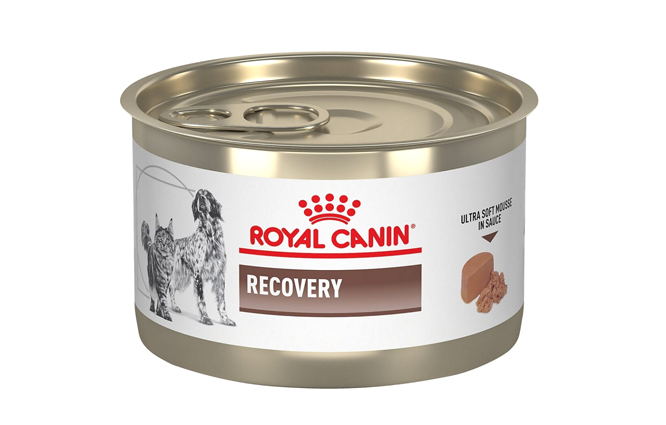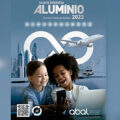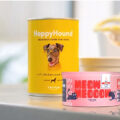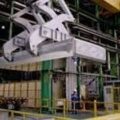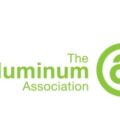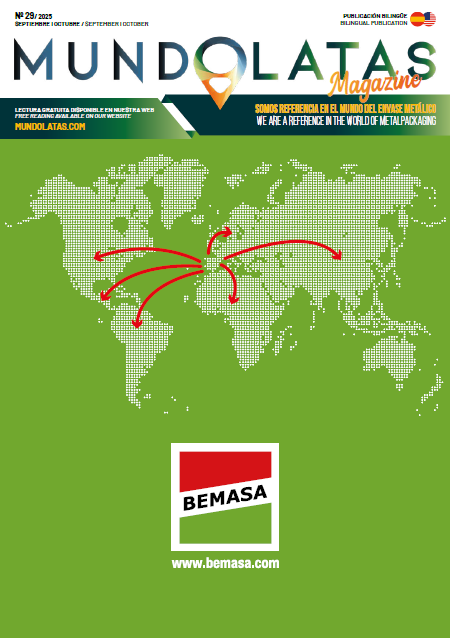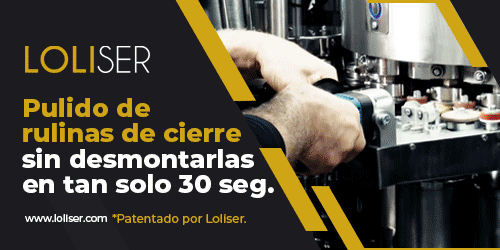With the growth of the pet food sector, aluminum is beginning to take position and lead the market as the best option to preserve the freshness and quality of the products, in addition to giving a modern look to the shelves.
Data from a study published by the Brazilian Association of the Pet Products Industry (Abinpet) revealed that there were almost 170 million pets in the country. Of this amount, approximately 68 million were dogs and 34 million were cats, which means that they have a great impact on the Brazilian world. This strong presence in the country’s households also plays an important role in the success of the pet products trade.
Abinpet’s data show that the sector has grown considerably year on year. In 2022, revenue reached 41.9 billion reais. Estimating revenues for the first quarter of 2023, the forecast indicates a total of 46.42 billion by the end of the same year, which would represent a growth of 10.6%. For a better international perspective, Brazil ranks third in terms of its share of world revenues, accounting for 4.9% of total assembly, behind only the United States and China.
The pet food industry is one of the largest among the three business segments, and its contribution to the Brazilian economy was presented with a significant increase in 2023. This represented 78% of total revenues, with an estimated 36.4 billion Brazilian reais. Pet food packaging is the workhorse, and it turns out to be key to this lucrative puzzle.
The way pet food is packaged can play a key role in determining whether a pet owner buys it or not. To ensure economic success, and maximize animal safety, it is important to have packaging that protects, preserves and contains feed properly.
In this scenario, packaging made of aluminum emerges as a remarkable option, aligned with the quest for sustainability that has become an irreversible trend.
Solange Akiama, senior manager of Commercial Excellence and Marketing at Novelis, the versatility of aluminum allows packaging for this segment to adopt a variety of shapes, each with its own characteristics and benefits.
“Aluminum cans are popular for moist foods such as pâtés and chunks in sauce, keeping the product fresh and safe. Aluminum sachets are often used for single servings, allowing for proper portioning of each meal. Flexible packaging is used for dry foods, offering protection against oxygen and moisture and extending shelf life. Aluminum trays can be used for moist or semi-moist foods, ensuring a more effective seal and facilitating storage.”said the Novelis manager.
“Pet owners are looking for packaging options that are easy to open, portion and store. Single-serve packs, which are resealable and have lightweight formats, have gained traction due to their convenience and suitability for feeding pets on the go. This trend is further accelerated by the growing demand for food through e-commerce channels.” said Assunta Napolitano Camilo, director of the Packaging Institute.
Today, buyers are looking for ways to reduce the environmental and waste footprint so many companies are opting to change product packaging. They are using recyclable elements, biodegradable packaging and unconventional designs that serve to reduce the materials used without compromising the quality of the product.
In this context, Assunta sees aluminum containers as a great ally in reducing environmental impact. “The circularity of the metal gives it a unique role in helping to protect the planet for generations to come. Aluminum can be recycled over and over again. In fact, 75% of the aluminum produced is still in use today. In the context of high pet ownership and pet food consumption, there is huge potential for aluminum packaging to make a difference, concluded the manager.
That is why Novelis is working on some packaging development projects for this sector, using alloy 3104, which has 90% recycled content in its composition.

